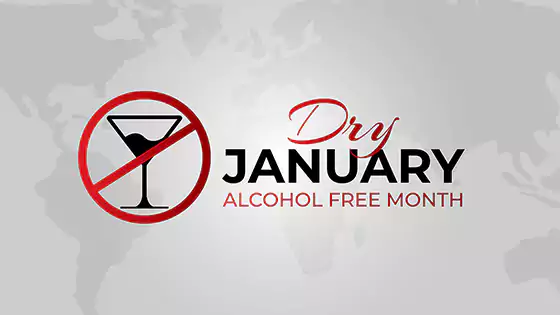
The History Behind Dry January
Dry January, as we know it today, is a relatively new fad. It fits into the first month of the year well, with the prominence of health and wellness practices coinciding with New Year’s resolutions. Additionally, bars across the world typically see their worst performance of the year following months of overspending and overindulgence throughout the holidays.
Dry January, a challenge in which social drinkers voluntarily abstain from alcohol for the month in an effort to reevaluate their relationship with drinking, is a recent, collective take on the New Year’s Resolution. After overindulging in food and drink over the holiday season, people view the challenge as a way to reset and detox.
While Dry January originated in the United Kingdom in 2013, when the nonprofit Alcohol Change UK started a campaign to raise money for alcohol abuse and treatment, it has morphed into a global phenomenon, with people throughout Europe and the United States participating. According to the data analytics group YouGov, 14 percent of its December survey respondents based in the U.S. planned to abstain from alcohol in January.
“The brilliant thing about Dry January is that it’s not really about January. Being alcohol-free for 31 days shows us that we don’t need alcohol to have fun, to relax, to socialize,”(#ad)he says in the release. “That means that for the rest of the year we are better able to make decisions about our drinking, and to avoid slipping into drinking more than we really want to.”
Short- and Long-Term Health Benefits
There are a number of excellent short- and long-term health benefits to giving up alcohol for a month. Here are some of them:
- Weight loss
- Improved blood sugar
- Lower cholesterol
- A boosted immune system (#ad)
- A reduction or reversal in liver disease
- Lower heart disease risk
- Lower blood pressure
- Better sleep